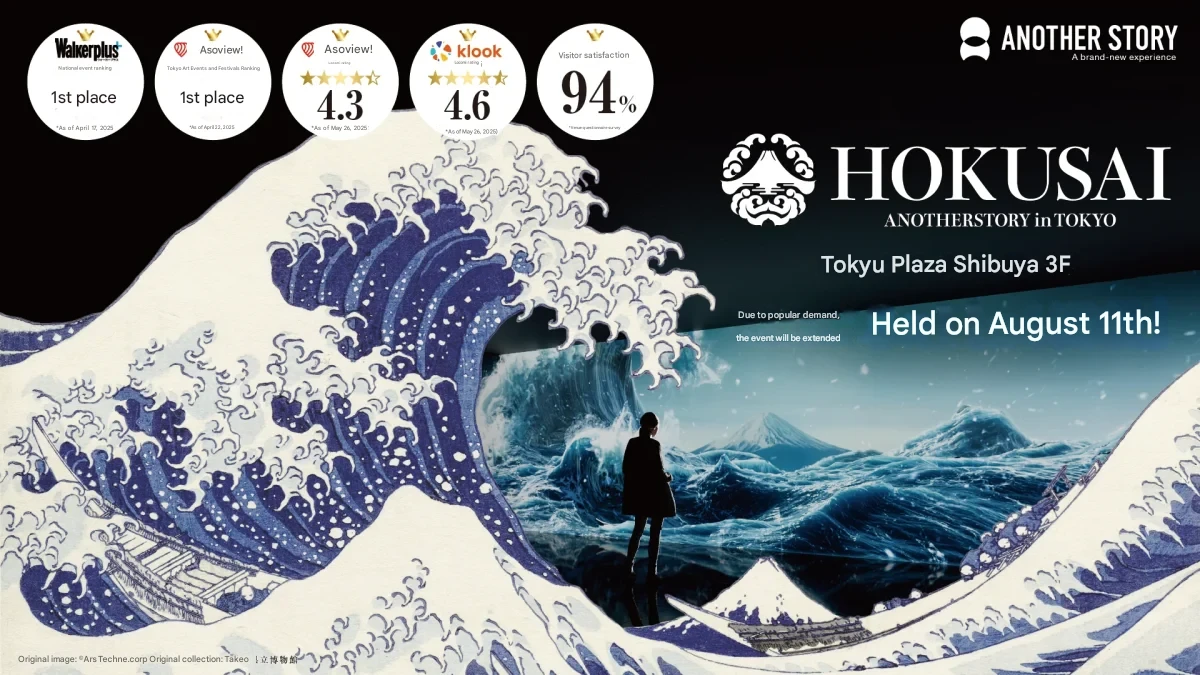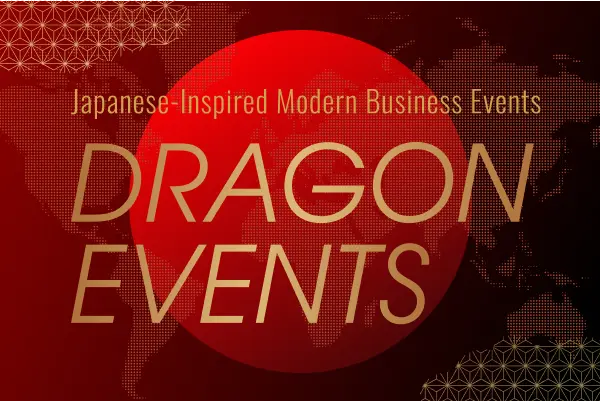Immersive Exhibition: HOKUSAI ANOTHER STORY

Introduction
“Storytelling through space.”
As event producers, this is a theme we confront every day. How can we move people’s hearts through space? How can we create experiences that linger in memory? These are the questions we constantly ask ourselves as we explore new expressions.
Recently, one exhibition gave us a powerful reminder of what’s possible in immersive storytelling: HOKUSAI ANOTHER STORY in TOKYO.
Held at Ueno Royal Museum, this experiential art exhibition reimagines the life of Edo-period master artist Katsushika Hokusai through cutting-edge technology and bold narrative design. It is a fusion of art and entertainment—a world where visitors don’t just view a story but become part of it.
In this journal, we’ll explore who Hokusai was, what makes this exhibition unique, and what we as event creators learned from the experience.
The exhibition runs until August 11th. If you haven’t experienced it yet, we highly recommend stepping into this extraordinary world.
Who Is Katsushika Hokusai?
Katsushika Hokusai (1760–1849) was a prolific ukiyo-e artist whose influence still resonates worldwide. Best known for The Great Wave off Kanagawa and Red Fuji, he produced over 30,000 artworks in his lifetime. Constantly reinventing himself with new styles and names, Hokusai was a pioneer of visual storytelling.
His bold compositions and innovative techniques captivated artists far beyond Japan—including Van Gogh and Debussy. Today, “HOKUSAI” is a global icon whose work continues to inspire creativity across generations and cultures.
What Makes “HOKUSAI ANOTHER STORY in TOKYO” Unique?
What if Hokusai had lived in the present day?
That bold premise sets the stage for this immersive exhibition. Rather than presenting Hokusai’s works in a conventional gallery, the creators reimagine his life as an animated, interactive journey through space.
With projection mapping, 3D sound, character-based storytelling, and environmental lighting, the entire venue transforms into a living narrative. Visitors don’t just observe—they walk through a story, becoming part of Hokusai’s imagined “other life” in modern Tokyo.
Every element—from the lighting angles to the movement flow—is choreographed to guide visitors emotionally through the experience. This is not just an exhibition—it’s a meticulously produced space drama.
What We Learned as Event Producers
This exhibition reminded us of the power of “narrative environments.” No matter how visually stunning a space is, without a compelling story behind it, the impact fades quickly. But even in a simple setting, a clear narrative thread can move people deeply. This principle is central to what we do as event creators.
We were especially inspired by how the exhibition treats guests not as passive viewers, but as active participants. Every step, glance, and pause are considered part of the performance. This blurring of lines between audience and performer opens up new possibilities for event design.
Assistant Producer




